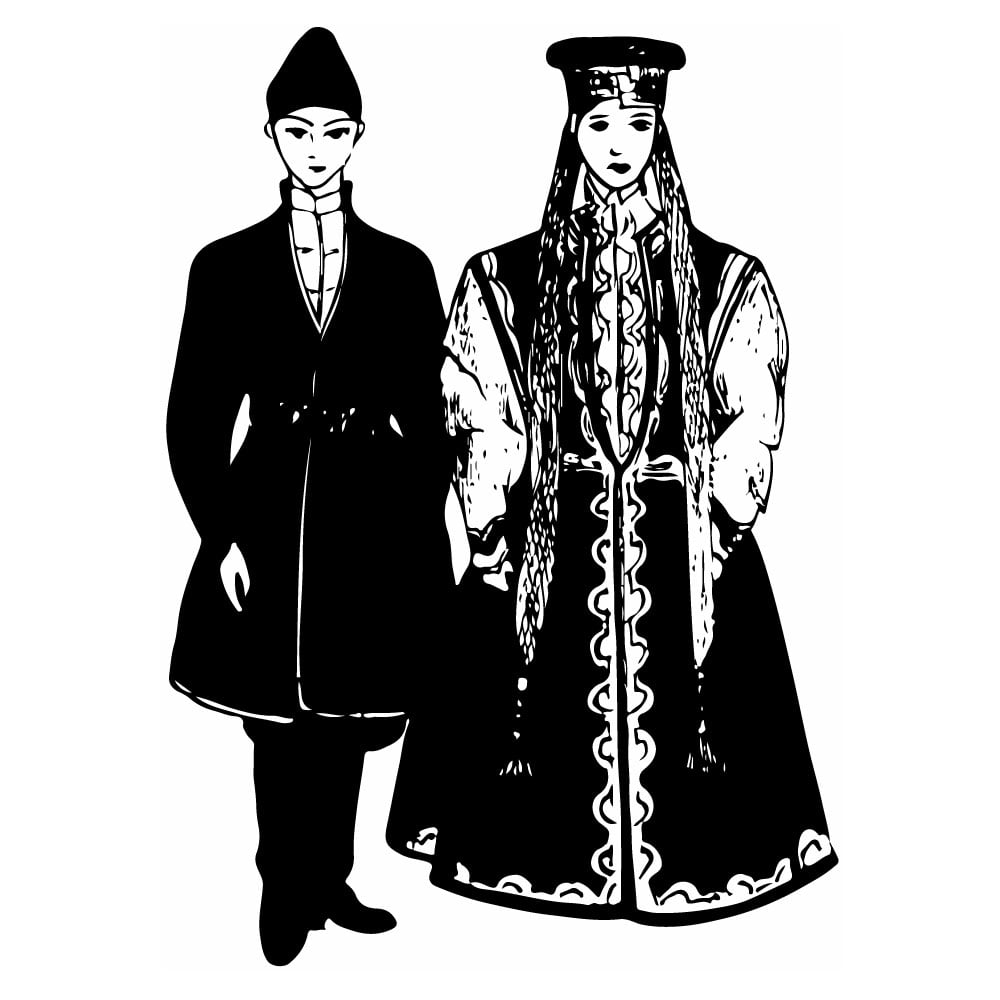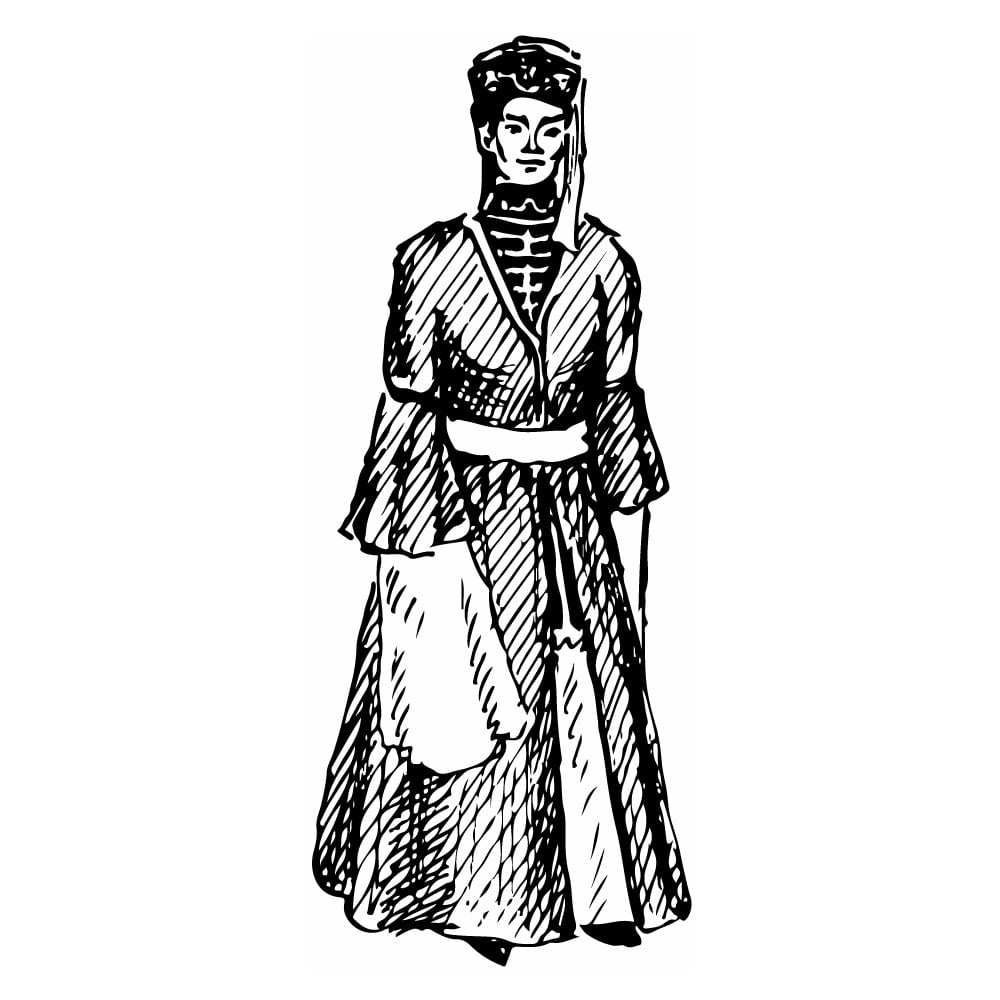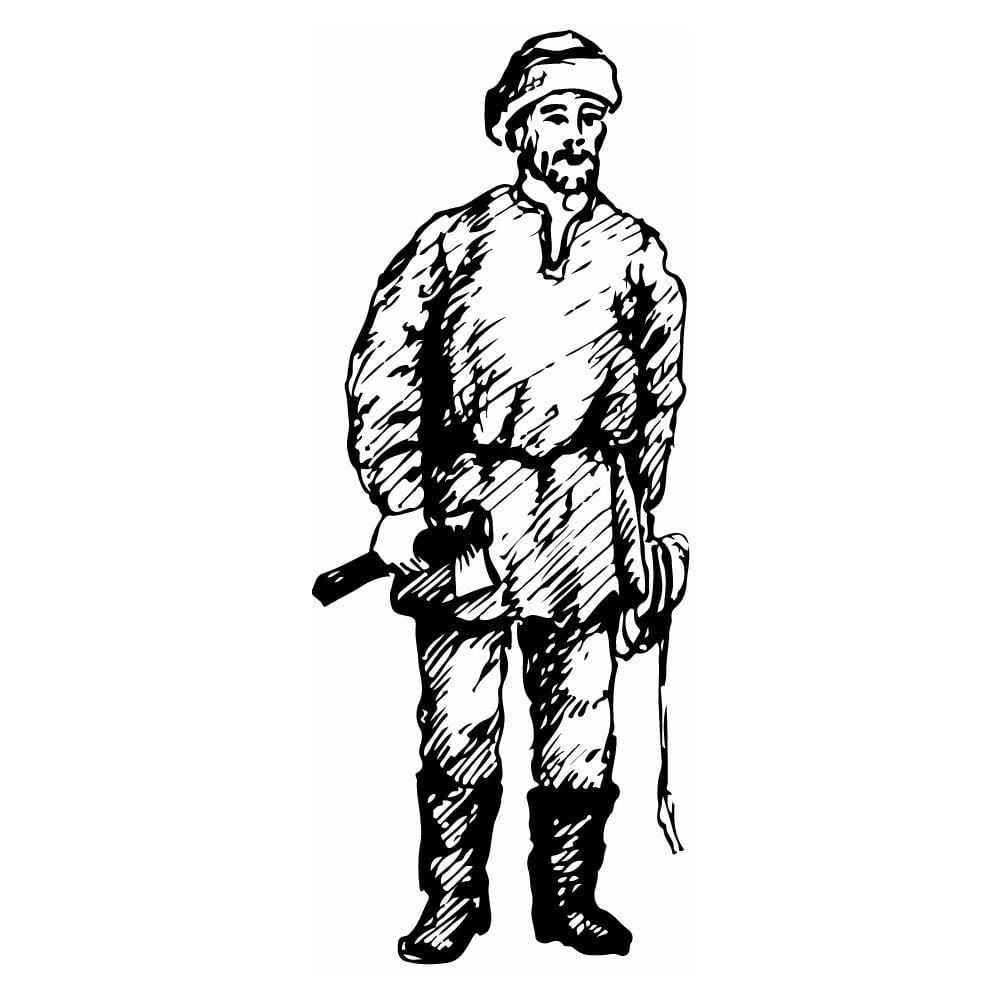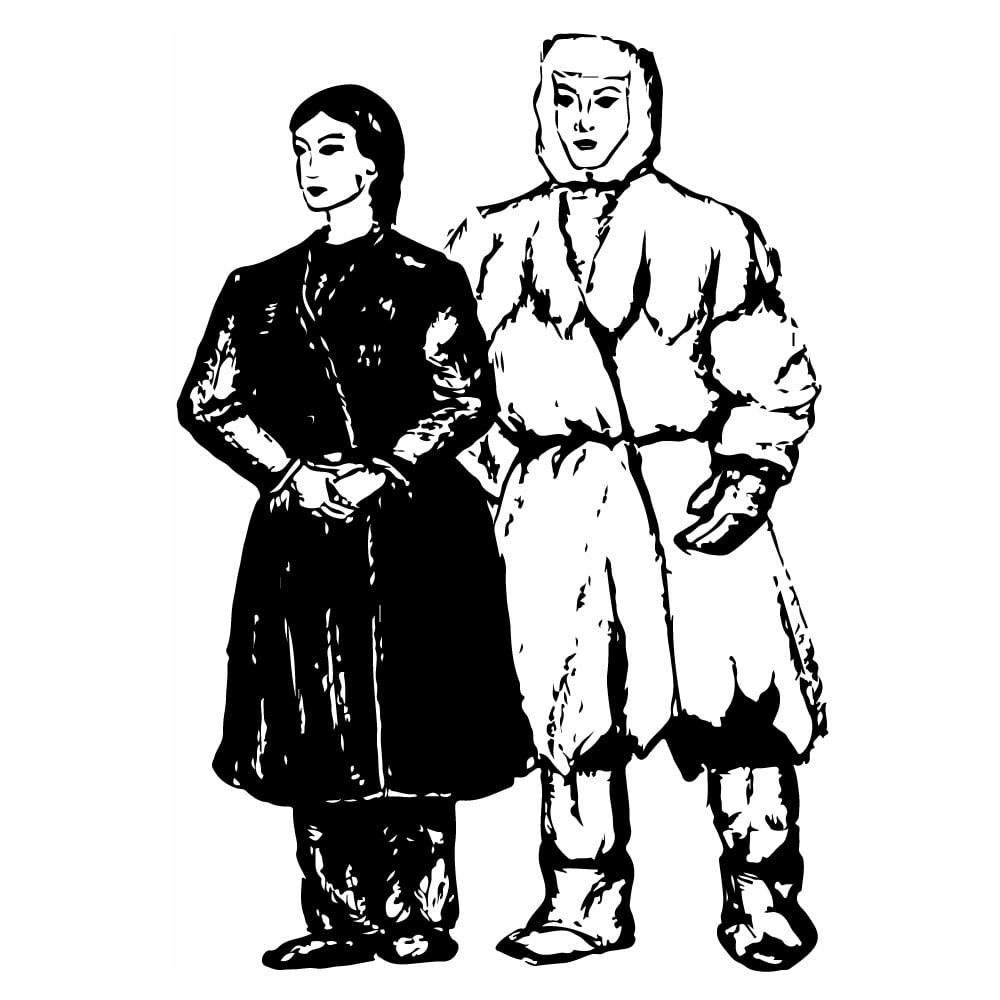Dargins
| Population | 365,000 |
| Language group | Daghestan branch of Caucasian languages |
| Language | Dargin |
| Region | Daghestan |
| Religion | Islam/Sunnite |
*Population estimates for 1994
The Dargins (self-designation Dargan) are people who live in Daghestan. They live mostly in Dakhadayev, Kaitag, Levashyn, Akhushin, and some other regions. They live mainly in mountainous parts of Daghestan; however, some of them live in the lowlands. As a result of consolidation, the Kaitags and Kubachins united with the Dargins. Their language belongs to the North Caucasian groups and other various dialects are spread throughout the region. The literary language is based upon Akhushin dialect and the written language is of Russian script. The Russian language is also widely used.
The earliest data (the ninth century) about the Dargins can be found in Arabian sources which mention the Kaitags and Kubachins. The territory of the Dargins, settling up until the nineteenth century, was a part of the Kaitag Utsmiy feudal territory and the territory of so called “free communities.” In the nineteenth century this territory was joined to Russia.
Dargins’ traditional occupation was agriculture, cattle breeding, and gardening. Some settlements were good at the production of jewelry and weapons. Clothmaking, pottery, carving, stone-working, and tanning trades were highly developed. Today, diversified economy is being developed. Old trade like artistic processing of metal is very popular now.
The Dargin mountain hamlets are mostly collected, they are terrace-like. At the foothills the settling is more free. The main type of dwelling in the mountains are two- or more storied houses with a flat roof and at the foothills one- and two-story houses prevail.
The traditional men’s clothing are of Daghestan type, it includes a shirt, trousers, beshmet, cherkess coat, felt cloak, sheepskin furcoat, and leather or felt footwear. Women’s clothes include: a long shirt, wide or narrow trousers, different kinds of fur coats, and leather footwear. Head dressing consists of a traditional tsheekta, a shawl with silver decorations and embroidering. They have preserved rich folklore, interesting customs, and holidays.
This is Ad 1





























